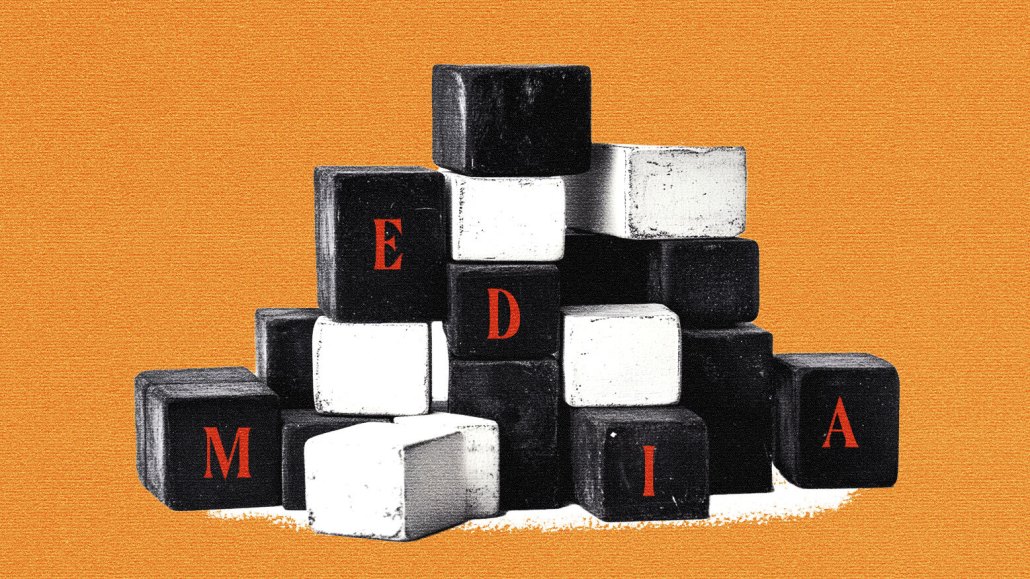Save 50% on a 3-month Digiday+ membership. Ends Dec 5.
From clicks to curation: How publishers can reclaim control of the media ecosystem

Kenneth Suh, Chief Strategy Officer, Nexxen
The rise of zero-click search — in which users get answers through AI-powered summaries without ever clicking through to a website — has disrupted the once-reliable flow of referral traffic from search for many publishers. Unfortunately, fewer page visits mean fewer opportunities for monetization, creating fresh challenges for media outlets hoping to sustain growth.
It’s not yet clear what form this will take in the future — how artificial intelligence may continue to reshape the media ecosystem. Still, there’s reason to be confident that part of the solution, for now, lies in curation.
For years, search acted as a proverbial bridge between audiences and publishers — a strong search ranking could deliver a steady stream of readers, creating an environment where scale was achievable and advertising revenue naturally followed. Clicks (from search) represented user interest, visibility and value, anchoring many outlets’ business models for decades.
Curation flips this script. A publisher’s greatest asset will always be their content, of course, but the advantage that sets them apart — the ace up their sleeve, so to speak — is their audience data. By putting that data to work in curated marketplaces, publishers can stretch the value of their content well beyond their own properties — bundling data and inventory into highly targeted, privacy-compliant packages that advertisers can buy directly.
Done right, curation enables publishers to replicate and even expand the reach they once enjoyed from search. Audience segments that may have lived exclusively on a publisher’s site can now be extended across devices and formats, from connected TV to mobile apps. In effect, curation unlocks new forms of distribution and even greater reach.
Of course, curation is not a one-step fix. To compete in a zero-click world, publishers need three foundational investments.
First, they need a strong data strategy. This means not only collecting first-party data in a privacy-compliant fashion, but also understanding why these audiences matter to advertisers. Audience insights are the new currency of digital media.
Second, they need brand equity and direct sales relationships. Programmatic vendors may have monetized scale in the past, but advertisers today are looking for trusted partners who can tell a clear story about audience quality. Publishers that have invested in brand-building (and a sales team) are better positioned to package their value.
And, third (and finally), they need the right tools in place. Publishers have valuable data, yes, but activating it effectively requires technology that can translate that data into actionable insights and extend it into new formats at scale.
With these elements in place, publishers aren’t the only ones who stand to benefit — the advantages extend to advertisers as well. Instead of sifting through fragmented open-exchange inventory, curated marketplaces grant buyers access to pre-vetted, premium audience packages aligned with their briefs — reducing waste, simplifying media planning and improving campaign outcomes.
It’s not a replacement for search (search remains user-driven, while curation is seller-driven), but it fills the gap left by declining referral traffic. And until publishers have a more solid sense of what’s in store, it’s their best and strongest bet.
In short, curation is not just a workaround for the zero-click era. It’s the blueprint for a more resilient, diversified media model — one that puts control back in publishers’ hands while delivering real value to advertisers, benefitting the entire ecosystem.
Partner insights from Nexxen
More from Digiday

In Graphic Detail: CMOs at a crossroads of power and proof
CMOs are closing out another year defined by churn and shifting ground.

AI-powered professional learning and the battle vs. ‘workslop’: Inside Deloitte’s Scout
Deloitte last month launched Scout as part of its Project 120, the company’s $1.4 billion investment in professional development.

As Black Friday nears, fake apologies from brands are all over Instagram
Brands have taken to social media in advance of Bliack Friday to ask followers for forgiveness. The catch: They’re apologizing for their products being too good.








